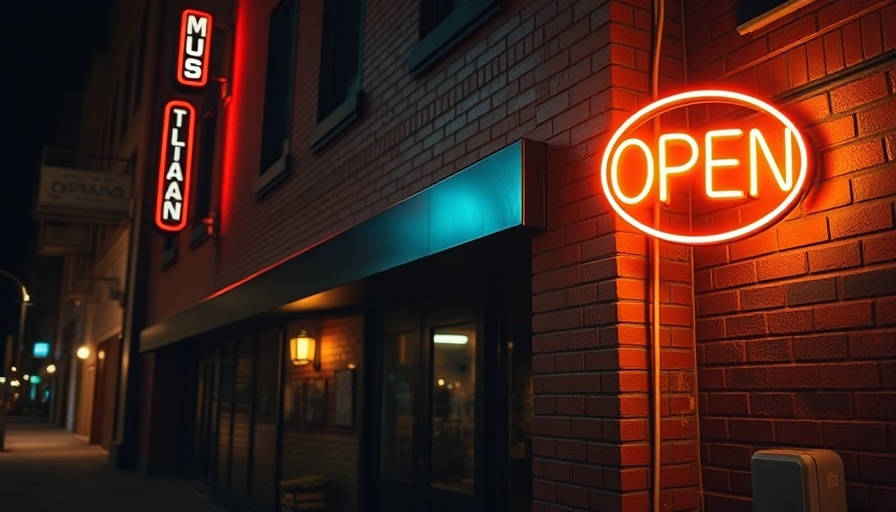
The Struggling Landscape of Ohio’s Independent Music Venues
Ohio’s independent music scene is facing a troubling reality, with a recent report revealing that only 20% of the state's independent venues were profitable last year, significantly lower than the national average of 36%. This stark statistic, published by the National Independent Venue Association (NIVA), shines a spotlight on the pressing challenges that these smaller music establishments are enduring, often struggling to survive amidst high operating costs and market saturation.
Understanding the Factors at Play
Several interconnected factors contribute to this financial struggle for independent venues. According to Sean Watterson, owner of The Happy Dog, these venues are battling against a variety of pressures including stagnant population growth, rising property and music-related taxes, and aggressive competition from larger venues like Jacobs Pavilion. While larger venues benefit from corporate sponsorships and hefty ticket prices, smaller venues are often forced to juggle the costs of hosting local and touring acts in hopes of attracting a loyal audience.
The Need for a Supportive Framework
The emergence of initiatives such as the recently proposed Senate Bill 186, backed by State Senator Kent Smith, offers a glimmer of hope for struggling venues. This bill aims to establish a $10 million rebate fund intended specifically for music venues with fewer than 3,000 seats, allowing them to reclaim a portion of the alcohol taxes they pay. This type of support could mean the difference between survival and closure, exemplifying a proactive approach to nurturing Ohio's vibrant music scene.
How Other Cities Have Succeeded
States like Austin and Tennessee have initiated similar rebate programs that have proven successful in revitalizing their music scenes. By providing financial relief, these measures not only support venue owners but also contribute to the local economy and culture, ensuring that the artistry of musicians is showcased. If Ohio adopts a comparable strategy, similar to initiatives taken in these thriving music hubs, it could foster a resurgence of live music and associated festivities that provide entertainment to communities.
Building Links Between Musicians and Venues
The need for better connections between local musicians and venues is also crucial for enhancing profitability. Initiatives like Cleveland's Hello Cleveland music calendar aim to bridge this gap by creating a centralized platform to promote local shows and artists. Coupled with the findings from Cleveland's first Music Census Survey, which highlighted the demographics and preferences of concert-goers, this approach is essential to foster a robust musical ecosystem where both artists and venues can thrive.
Looking Ahead: Hope for Ohio’s Independent Venues
The statistics surrounding profitability can be daunting, but it's important to recognize the resilience of Ohio’s independent music venues. With advocacy for legislative support, community initiatives to enhance visibility, and creative marketing strategies, there's an opportunity to turn this narrative around. As community members and policymakers unite to support these cultural landmarks, it's likely that Ohio can cultivate a vibrant music scene that reflects the rich creative diversity of its residents.
For fans of live music and supporters of local culture, now is the time to rally behind Ohio’s independent venues. Whether attending shows, promoting new events, or supporting proposed bills like Senate Bill 186, involvement can make all the difference. Here’s to hoping for a more melodic and thriving music scene in Ohio!
 Add Row
Add Row  Add
Add 




Write A Comment